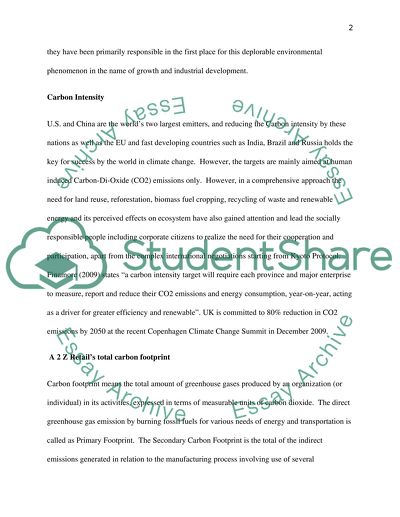Cite this document
(“Sustainable Practices in Facilities Management Assignment”, n.d.)
Retrieved from https://studentshare.org/family-consumer-science/1408870-sustainable-practices-in-facilities-management
Retrieved from https://studentshare.org/family-consumer-science/1408870-sustainable-practices-in-facilities-management
(Sustainable Practices in Facilities Management Assignment)
https://studentshare.org/family-consumer-science/1408870-sustainable-practices-in-facilities-management.
https://studentshare.org/family-consumer-science/1408870-sustainable-practices-in-facilities-management.
“Sustainable Practices in Facilities Management Assignment”, n.d. https://studentshare.org/family-consumer-science/1408870-sustainable-practices-in-facilities-management.


